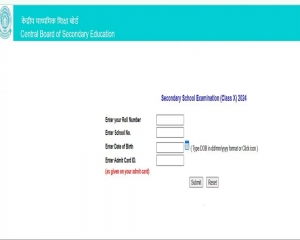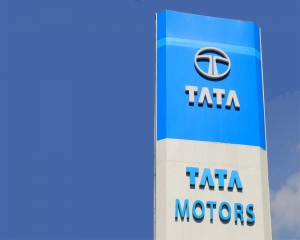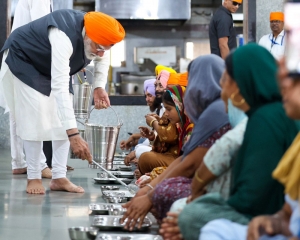A centralised war-room or command centre has proven to be crucial at the time of any crisis, says Ashvini Danigond
The importance of data-driven insights in strategic and operational decision-making remains crucial in mounting the fight against the novel coronavirus. A centralised war-room or command centre has proven to be crucial at the time of any crisis as it helps to streamline the capacity and efficiency of the response team while providing real-time data visualisation of key performance metrics across the healthcare network. This includes data pertaining to availability of beds, drugs, and consumables, supply of medical oxygen, and infection spread-related statistics in a particular area for both Government and private hospitals.
As India grapples with the second wave of Covid-19, several districts and cities have set up war-rooms, which are addressing the various concerns of the citizens related to the pandemic. A war-room generally features large dashboards, geographic information system (GIS)-mapped data for facilities connected and patients and monitors, which help healthcare administrators to review the performance of cities or districts at the central level and it remains a single point of all data, IT, and coordination for a city or district-level overview.
Also, the capability of a war-room solution needs to have predictability and forecasting models. In fact, predictive analytics has a crucial role to play in making informed decisions in a war room. It needs to have connected facilities with real-time data across the healthcare network. It also involves integration with other disaster management processes like ambulance movement, traffic, and weather, to list a few. There is also a need for the dissemination of real-time data flowing into a war-room while patients being moved or transferred to a healthcare facility.
Also, in the case of India, while the country had developed the Aarogya Setu App in order to help with the contact-tracing of individuals suffering from Covid-19, it leaves scope for improvement for technical details like identifying something like a Covid-19 hotspot for that matter.
Need for strong early alert frameworks
In fighting the spread of the novel coronavirus, data and science form the most critical elements of decision-making. However, the void of reliable real-time information has been a global challenge during the Covid-19 pandemic.
Many of the health crises have been identified and mitigated with the adoption of preventative measures, including airport and port of entry screening, temperature checks, and convincing the public to wear masks. Building a system for defence against the Covid-19 pandemic, especially in the case of new strains or mutants of viruses, requires an outermost perimeter that serves the purpose of an early alert system. Deploying an early alert system would also require cooperation from an empowered task force (ETF) comprising virologists, scientists, and epidemiologists.
Enabling effective contact tracing
Contact tracing relates to a process by which every newly discovered infected case or individual is mapped on to all the persons that might have been potentially infected by him or her.
The ministry of health in Singapore considers data from multiple formats and sources to track the movement of a possibly infected individual and determine their contagion footprint. Such real-time data feeds, including multimedia data streams, are then combined with a tracking mechanism developed by a technical agency of the government. A contact-tracing smartphone app also helps to identify individuals that have been within two metres of a patient for at least 30 minutes for follow-up action by contact tracers. Such highly developed digital capabilities of the nation given a shot in the arm to the capabilities of the administration.
Adoption of privacy-preserving technologies
While several technological tools could be deployed to help control a public health crisis, those tools are only beneficial provided the technologies could both be trusted and readily deployable. A major concern has been that there has been a general lack of reliable, real-time threat information sharing, contact tracing, and community prevalence data during this pandemic has meant people and public health authorities have been mostly relying on backward-looking reporting of confirmed cases, which has hampered the fight against Covid-19 severely.
It is also a known fact that a large-scale deployment of an information network would carry the risks of cyber-attacks. These risks could be akin to those faced by financial systems, public transportation systems, or the power grid. Robust protections are required, both for the physical security of the information processing network as well as the privacy of individuals from overreach by commercial entities and administrators. These information networks can be made considerably less vulnerable by building resiliency and redundancy and highly distributed processing capabilities.
Also, it needs to be kept in mind that any epidemic preparedness starts years before an outbreak. A densely-populated nation like India needs to remain prepared to effectively ward off a health crisis considering that this is not going to be a one-off situation.
The writer is Executive Director & CEO, Manorama Infosolutions Pvt Ltd


























